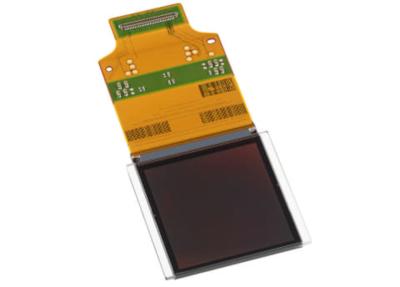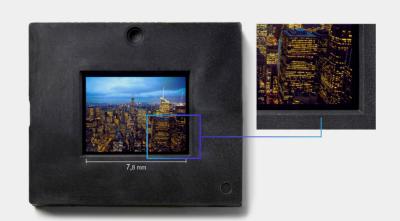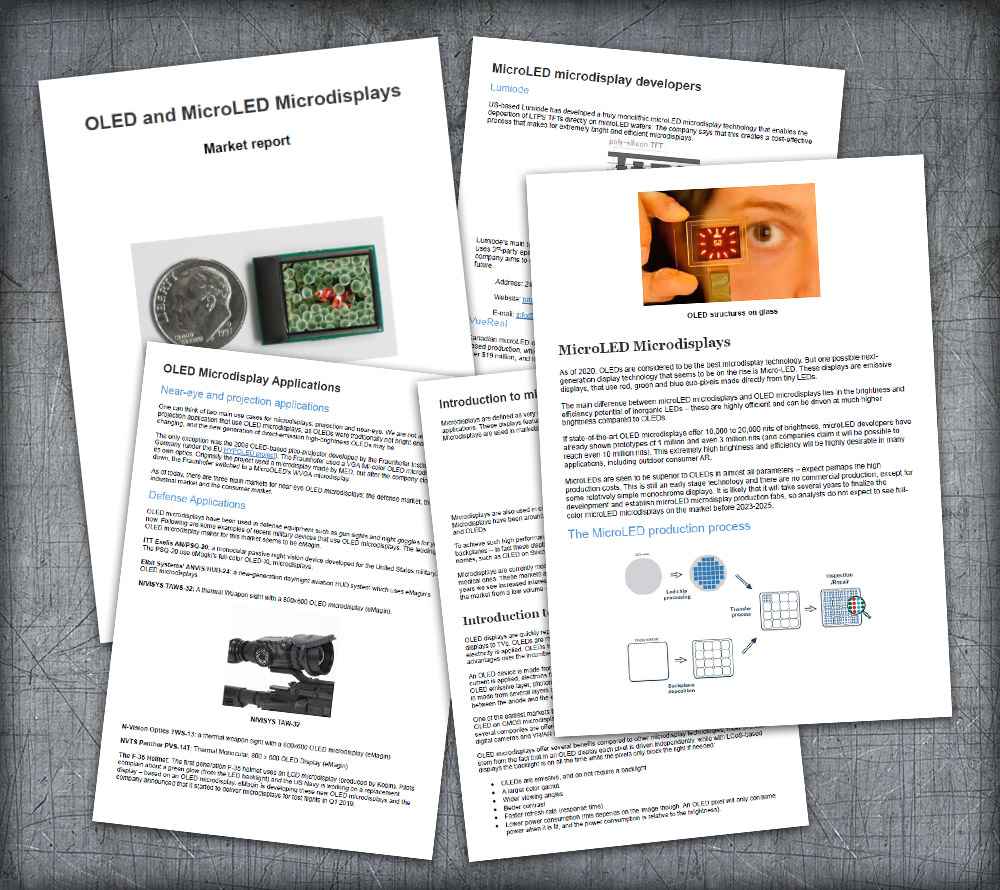OLED is a next-generation display technology that is replacing LCD displays in several markets, such as small displays for mobile applications, TVs and microdisplays. OLEDs are made from thin films of organic light emitting materials that emit light when electricity is applied. OLEDs have a much simpler structure compared to LCDs and have several advantages over the incumbent technology.
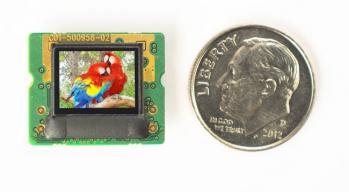 eMagin XGA096 OLED-XL
eMagin XGA096 OLED-XL
OLED microdisplays
OLED microdisplays are considered to be the current state-of-the-art near-eye display technology. OLEDs offer many advantages over competing technologies:
- No backlight - a direct emissive display with high contrast and a wide color gamut
- Fast refresh rate
- Low power consumption (this depends on the image shown)
- Wide operation temperature range
OLEDs do suffer from lower lifetime, limited market capacity, high price. Many believe that microLEDs will offer the ultimate solution for microdisplays, with their inherent high brightness and efficiency, but these displays are not commercial yet.
The OLED Microdisplay market
Several companies in the US, Europe and Asia are producing OLED microdisplays - including eMagin, Sony, OLiGHTEK, Kopin, BOE and SeeYa.
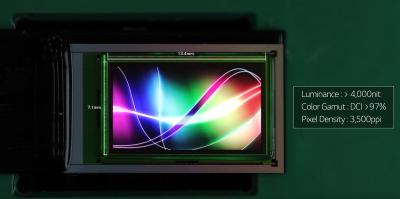
If you're interested in adopting OLED microdisplays in your device, we'll be happy to help, you can browse available display in our OLED marketplace. Be sure to send us a mail and together we can find the best display for your project.
OLED-Info's OLED and MicroLED Microdisplay Market Report
 If you want more in-depth information on the OLED (and MicroLED) Microdisplay market, look no further! Our OLED and MicroLED Microdisplay Market Report explains:
If you want more in-depth information on the OLED (and MicroLED) Microdisplay market, look no further! Our OLED and MicroLED Microdisplay Market Report explains:
- Why OLED microdisplays are better than LCD or DLP ones
- The disadvantages of OLED microdisplays
- What kind of displays are available on the market today
- New technologies on the horizon, including MicroLED microdisplays
The report package also provides a complete list of OLED and microLED microdisplay makers and developers, their current (and future) products, and personal contact details into the leading microdisplay makers. Read more here!
The latest OLED microdisplays news:
Apple aims to adopt lower-cost OLED microdisplays at future Vision Pro products, in talks with BOE and Seeya
Apple first VR headset, the Apple Vision Pro, adopts dual 1.3" 4K OLED microdisplays made by Sony. According to reports, Apple is looking to replace Sony as its supplier and is testing displays made by Seeya and BOE. Apple seems to be aiming to adopt these in its next-gen Vision Pro model - and also in a future low-cost mixed-reality headset.
Sony officially launched its 1.3" 4K OLED displays last week, with an official price of $1,000 per unit. Some reports suggest that Apple is paying $350 per display - which is still very expensive, as the two OLED displays cost almost half of the total production cost of the Vision Pro (estimated at $1,500).
Sony officially launches its 1.3 4K OLED microdisplay product
Back in 2021, Sony unveiled a 4K OLED microdisplay prototype. In June Apple announced the Vision Pro headset, which uses two Sony-made 1.3" 4K (3,552 × 3,840) OLED microdisplay, made by Sony. And today Sony finally officially introduced its ECX344A display, targeting VR and AR devices.
Sony says that in order to develop the new display it developed new miniaturization processes as well as a new pixel drive circuits and a high-speed driver circuit. Sony says that the display will ship by the end of 2023 and its price is set at 150,000 Yen, or just over $1,000 USD (it is estimated that Apple pays around $350 for each panel).
OLED microdisplay developer MicroOLED raised 21 million Euro to accelerate its R&D and expand its production capacity
French OLED microdisplay maker MicroOLED announced that it has raised €21 million, led by Jolt Capital and with support from the French sovereign wealth fund Bpifrance via its Innovation Defense vehicle, alongside both historical investors, Cipio Partners and Ventech.
MicroOLED updates that it has been granted over 170 patents to date, through a close collaboration with neighbor CEA/Leti research centers. The company offers a line-up of compact products ranging from 0.2" to 0.6" in size, with high resolution and power as low as 1mW. MicroOLED will use to funds to accelerate its R&D, expand its production capabilities in Grenoble and grow its international sales teams.
Apple said to reduce its planned Vision Pro production volume as Sony cannot ship enough OLED microdisplays in 2024
Apple recently announced the Apple Vision Pro VR headset, with dual 4K OLED microdisplays produced by Sony. Sony's production capacity was known to be limited, and it was estimated that its entire capacity is around 900,000 units per year.
A new report by the Financial Times now suggests that Apple originally planned to produce around a million Vision Pro units in 2024, but it has scaled down its plan and now aims to produce only 150,000 units. The reports suggest that critical components are to blame, but it remains to be seen whether Apple will actually be able to sell a large number of these highly expensive devices.
Seeya orders OLED microdisplay deposition equipment from Sunic Systems in a $25.5 million deal
OLED microdisplay developer Seeya Information Technology has ordered OLED deposition (evaporation) equipment from Korea's Sunic System, in a deal worth $25.15 million.
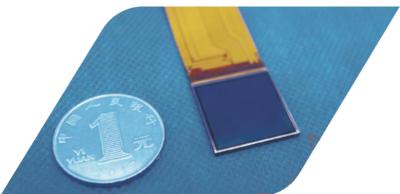
Sunic Systems will provide Seeya with 12-inch (300 mm) OLED deposition tools. Sunic is developing direct-patterning deposition equipment, but it is not clear whether this order is for such tools or whether these will be the standard white OLED with color filter deposition.
A new version of our OLED and MicroLED Microdisplay Market report released
Today we published a new edition of our OLED and MicroLED Microdisplays Market Report, with all the latest information. The new edition offers more that a dozen new updates, new companies, new brochures and catalogs, and more. Global multinational companies are working hard to develop and deploy next-generation AR and VR devices, and these devices will all be based on OLED and microLED microdisplay engines.
Reading this report, you'll learn all about:
- The advantages of OLED and MicroLED microdisplays
- The microdisplays that are available on the market today
- Information on all companies involved in this market
- Future technologies and roadmaps
The report package also provides:
- A list of all OLED microdisplays on the market
- A list of all OLED and MicroLED microdisplays makers
- Microdisplays spreadsheet
- Over 25 datasheets, presentations
- Free updates for a year
This microdisplays market report provides a great introduction to OLED and MicroLED microdisplays, and covers everything you need to know about the current status of the market and industry. This is a great guide if you're considering to adopt OLED microdisplays in your product, if you're looking to learn more about next-generation micro-LEDs and if you want to understand this industry better.
More details emerge on the OLEDs used in Apple's Vision Pro VR headset
Apple announced its first VR headset, the Apple Vision Pro, and new details are starting to emerge on the displays adopted by Apple. According to Business Korea, the external display (used to simulate the user's eyes) are OLED displays, produced by LG Display.
We do not know the exact display specifications yet. Business Korea says that these displays cost around $30 to make. They also say that the Sony 4K microdisplays cost around $350 each (which makes sense), and so together the OLED displays in Apple's headset cost over $700 - or almost half the total production cost (estimated at around $1,500).
The Fraunhofer FEP showcases its latest OLED microdisplays at Display Week 2023
During Display Week 2023, the institute demonstrated its latest displays, including the world's highest-density OLED microdisplays, reaching a PPI of 10,000 with a pixel size of only 2.5 um.
Fraunhofer's 10,000 PPI display was e a 0.18" 1440x1080 (monochrome) panel, produced on 300 mm wafers, using a 28 nm backplane process. The Fraunhofer also showcases ultra low-power microdisplays, and more technologies.
Kopin increases its potential OLED production capacity via new partner agreements
Kopin Corporation announced that it has executed new partner agreements to increase its OLED production capacity. The company operates its OLED microdisplay business in a fabless model and so it can utilize several OLED deposition and silicon wafer partners.
Kopin says that it entered these new agreements to support several US Department of Defense and NATO-friendly projects. Kopin says that via these new agreements, it also gained access to a broader set of OLED displays and other advanced technologies - which likely means it actually intends to buy complete displays from other OLED microdisplay makers.
Qingyue shows new transparent PMOLED displays and OLED microdisplays at Display Week 2023
China-based PMOLED maker Qingyue (previously part of Visionox) demonstrated its latest OLED and ePaper displays at Display Week 2023.
So first up Qingyue showed a large transparent segmented PMOLED display, this is the largest PMOLED ever demonstrated at 20.6" in size. It did not detail the transparent level, but this looked very good and was quite impressive.
Pagination
- Previous page
- Page 3
- Next page



